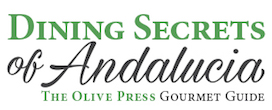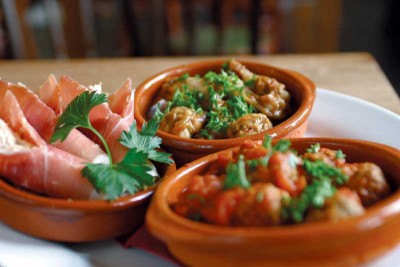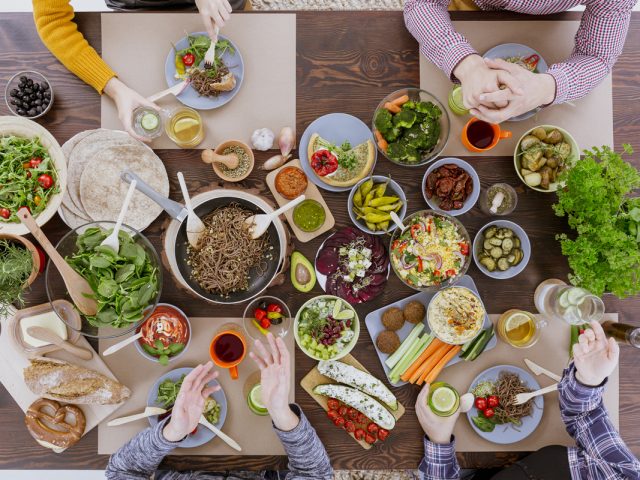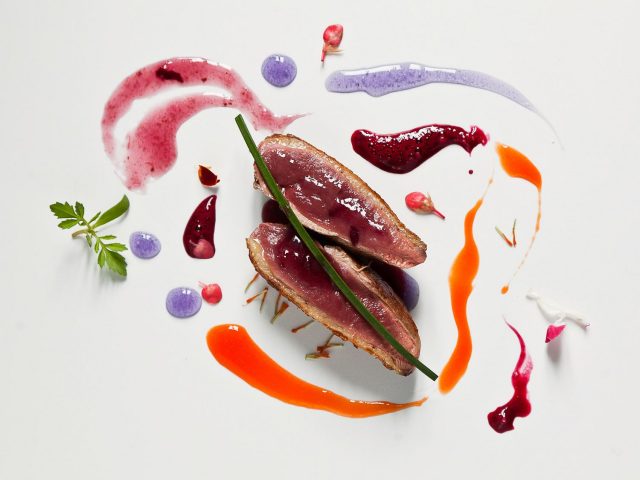- Have any questions?
- +34 951 273 575
- info@diningsecretsofandalucia.com
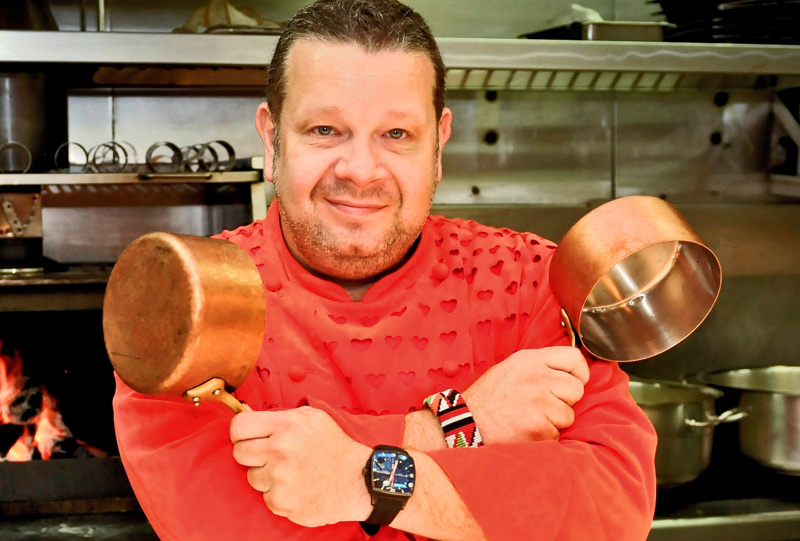
Japanese restaurant in Ronda in Spain’s version of Kitchen Nightmares
29 December, 2012Bitter sweet in the Big Apple
23 March, 2013THERE are a variety of reasons people up-sticks and leave the UK for Spain. While people often talk of the climate and slower pace of life, one of the country’s greatest attractions is for some reason rarely mentioned. The food.
Perhaps this is because Spain has no national cuisine, but rather a mixture of regional cuisines each shaped by their local surroundings.
Here in Andalucia we are lucky to have a diet moulded through centuries of different cultures and traditions.
Though taking influence from the Romans, Greeks and Phoenicians, it is undoubtedly the Moors who left the biggest stamp in the Andalucian kitchen.
Many of the dishes considered typically Spanish might not exist at all without the Moorish reign that began over a thousand years ago.
Andalucian gastronomy also relies heavily on the land, while hams are cured in the mountains, olive groves sprawl across its sunny plains.
Fresh fruit and vegetables flourish throughout the region, making them easily available and inexpensive.
So, in a place that seemingly revolves around food, the question is, where is the best place to buy it?
There’s no shortage of supermarkets in every major town, but a closer look will reveal much smaller localised shops selling quality goods directly from those who produce them.
Lauren Aloise, 26, who makes a living writing about Spanish food for spanishsabores.com, told the Olive Press: “Speciality shops often offer quality that doesn’t exist in the supermarkets.
“I try to buy ham, cheese, wine, olive oil, and spices from small vendors that I trust, as these products last for a while.
“It is more difficult to find good meat and fish, as these items perish quickly and a smaller shop doesn’t necessarily mean that it is any better than a supermarket,” she added.
Many expats would worry that, like the UK, a more personalised local service would come at a higher cost.
Aloise however, who also runs city food tours, believes that this is not the case.
She said: “I think there is an excellent middle ground between small stores and the supermarkets.
“If you go to a ham shop they can cut you an excellent jamon serrano or jamon de cebo that is much cheaper than jamon de bellota but infinitely better than what is pre-cut in the supermarket.
“There are also plenty of reasonably priced wines and cheeses that can even be cheaper than the mass produced stuff that they sell in most supermarkets.
“You may have to pay a little more for good olive oil, but the difference is worth it and it is much more healthy than what you’ll find at supermarkets,” she added.
Seafood
Due to its location, one of the major pillars of Andalucia’s gastronomy is seafood.
Five of Andalucia’s eight provinces have a stretch of coastline, meaning it is never hard to locate a tasty seafood dish.
Prawns, mussels, scallops, crab and squid are just some of the shellfish available in the region.
There’s more good news, seafood is not just easy to get your hands on in Andalucia, it is good for you too.
Recent studies show that including just one portion of seafood in your weekly diet can reduce your chances of having a heart attack by half.
On the coast local fish markets can be a great source of inexpensive and fresh goods while your local ‘freiduria’ can provide great fried seafood.
Ham
It has been referred to as ‘the taste of Spain’ by some, and it is certainly one of Andalucia’s most prized delicacies.
The cured ham has a varied price range depending on the type of pig used, its diet and the region it is produced in. At €30 per kilogram for the lowest quality, and sometimes over €100 per kilogram for the high end jamon iberico de bellota (or acorn-fed ham), this tasty meat is not cheap.
When the amount of care that goes into producing the jamon is revealed however, its price becomes a little more agreeable.
The prized Iberico pigs are first fattened with barley and maize before being released to roam in oak groves. Here they feed naturally on grass, herbs and acorns until slaughter, where the ham is salted and left to dry for several weeks.
After being rinsed and dried for another four to six weeks the meat undergoes a curing process that can take anything from 12 to 48 months.
Although you may not be able to splash out on a kilo of jamon iberico de bellota, a local vendor should let you try other types of ham and will probably give you a more generous cut than the supermarket.
